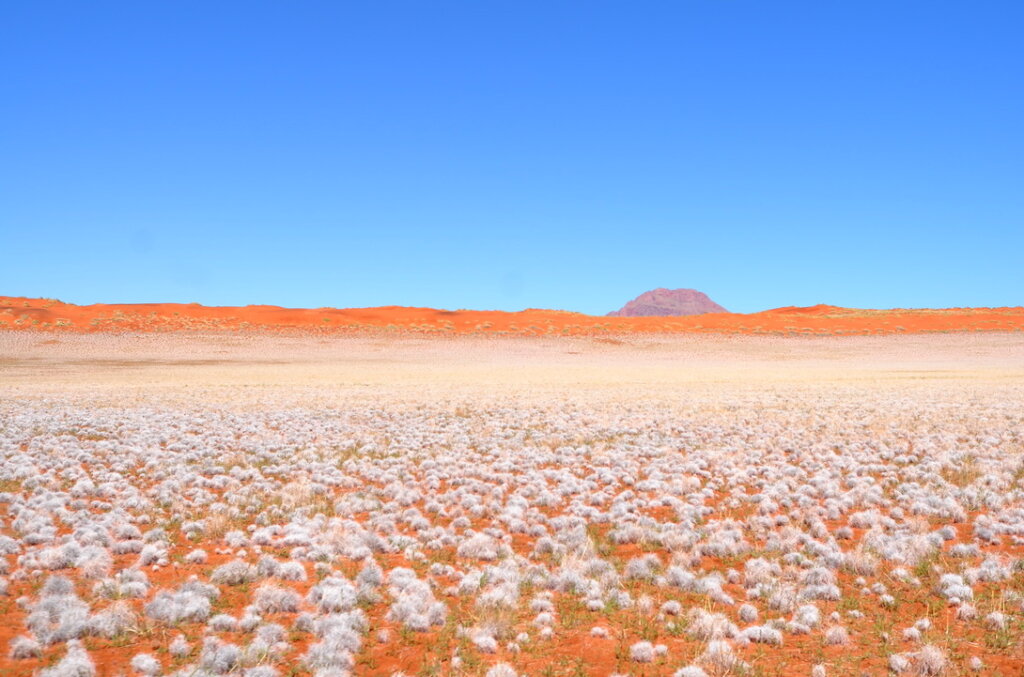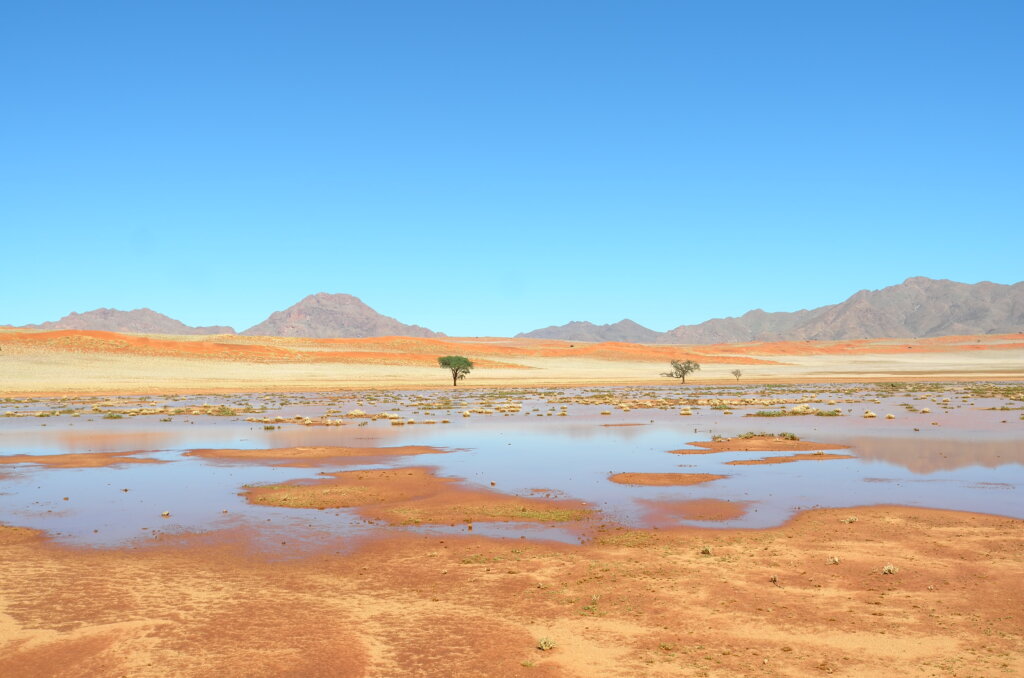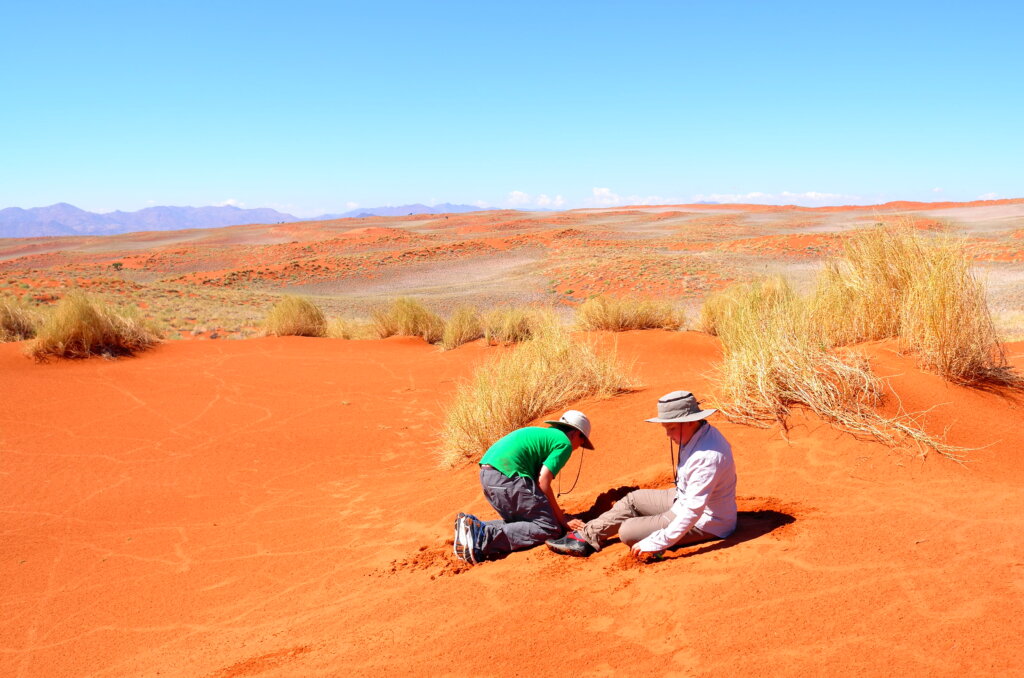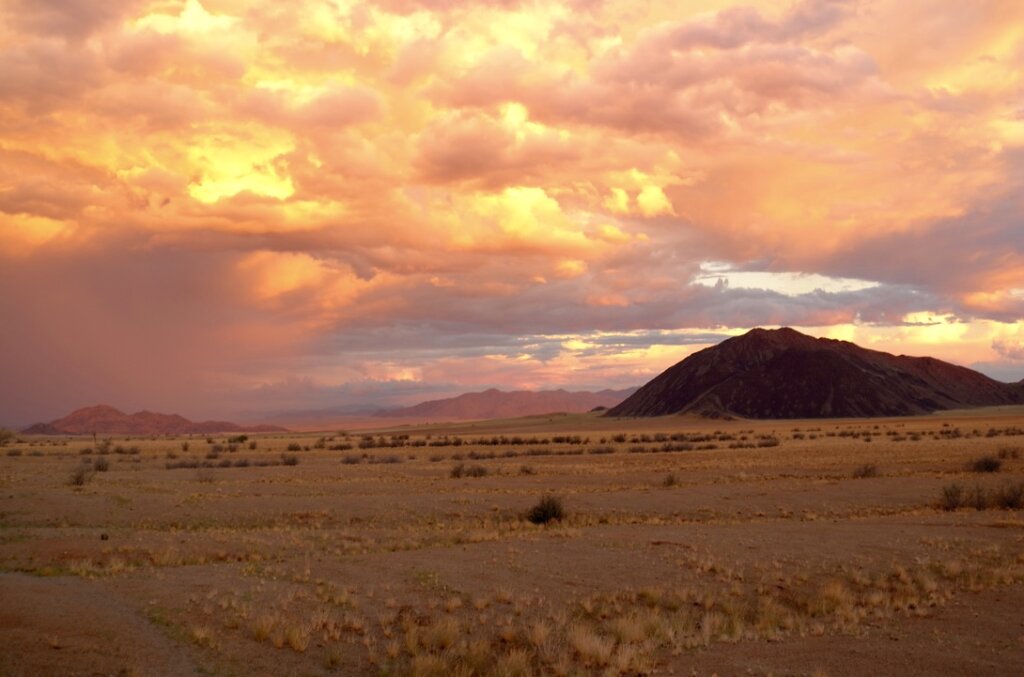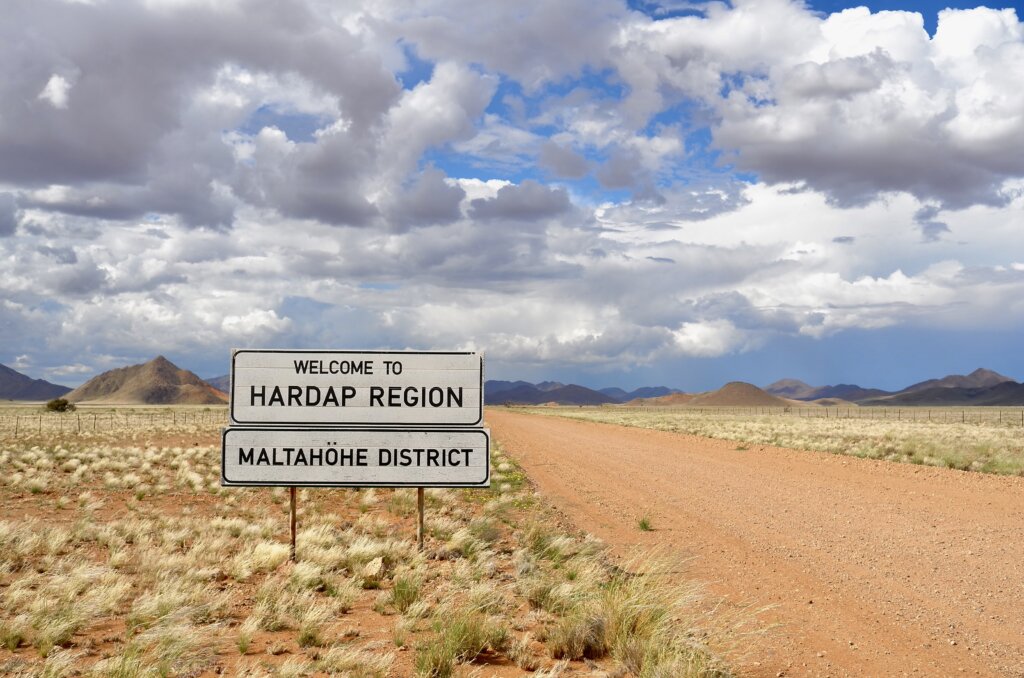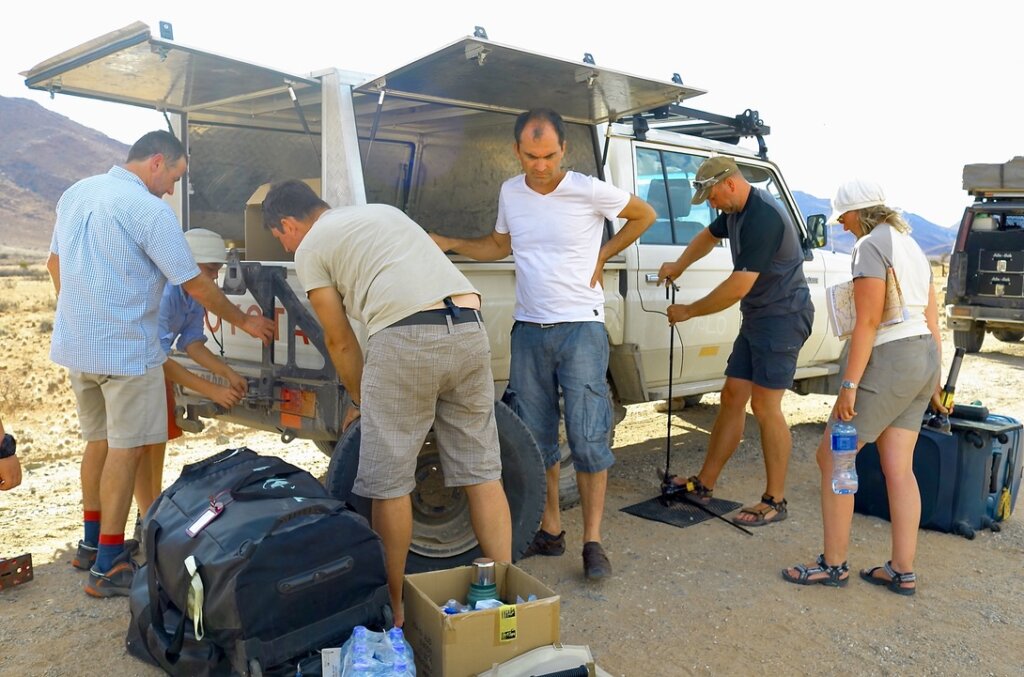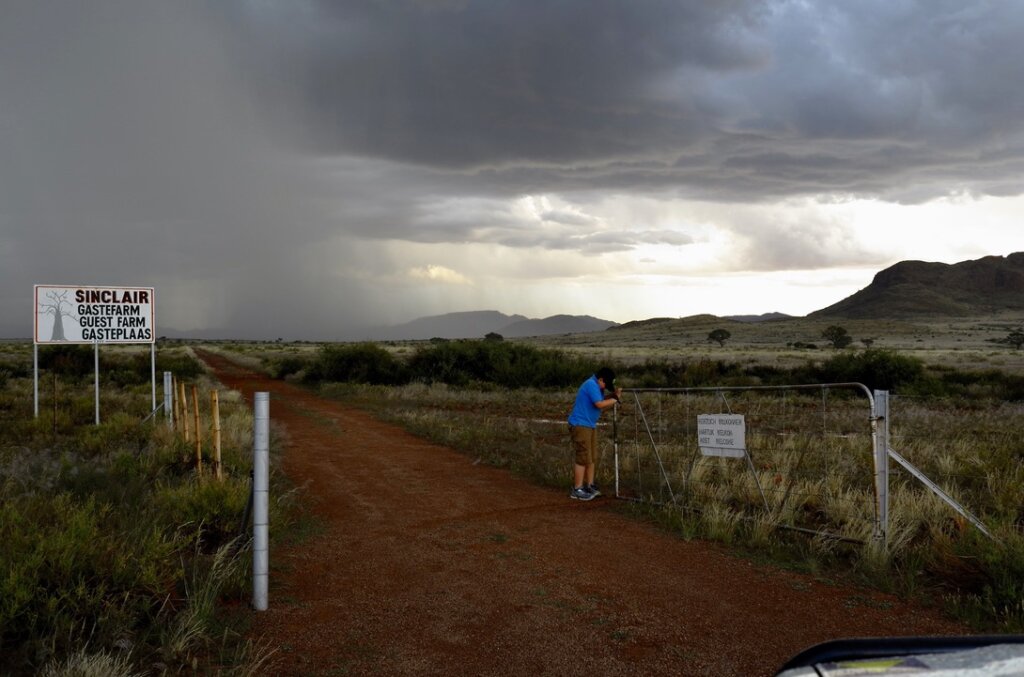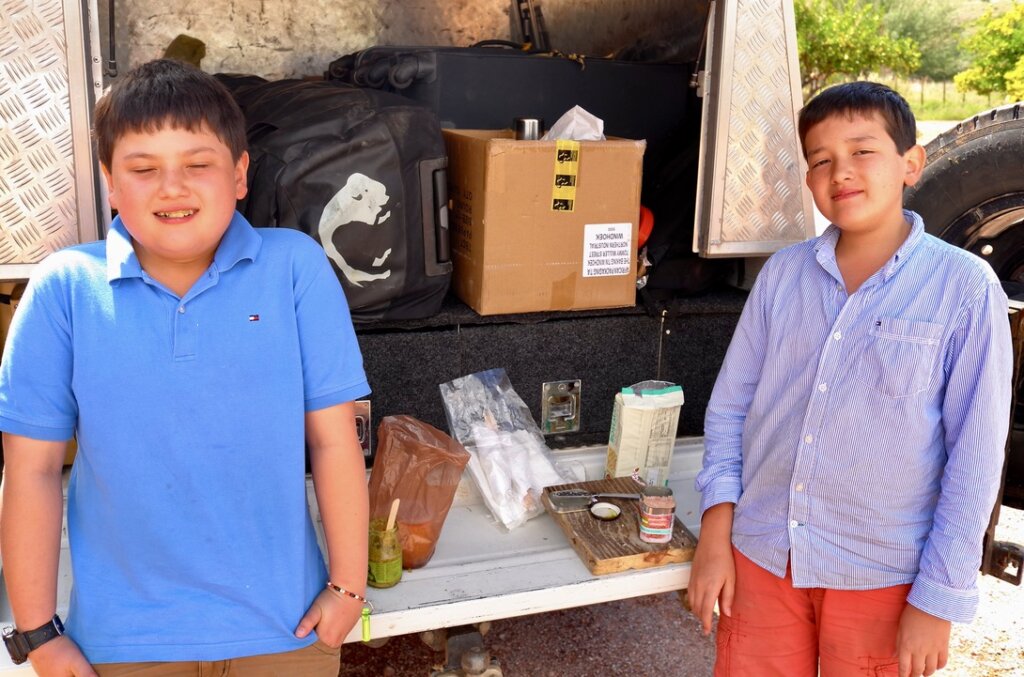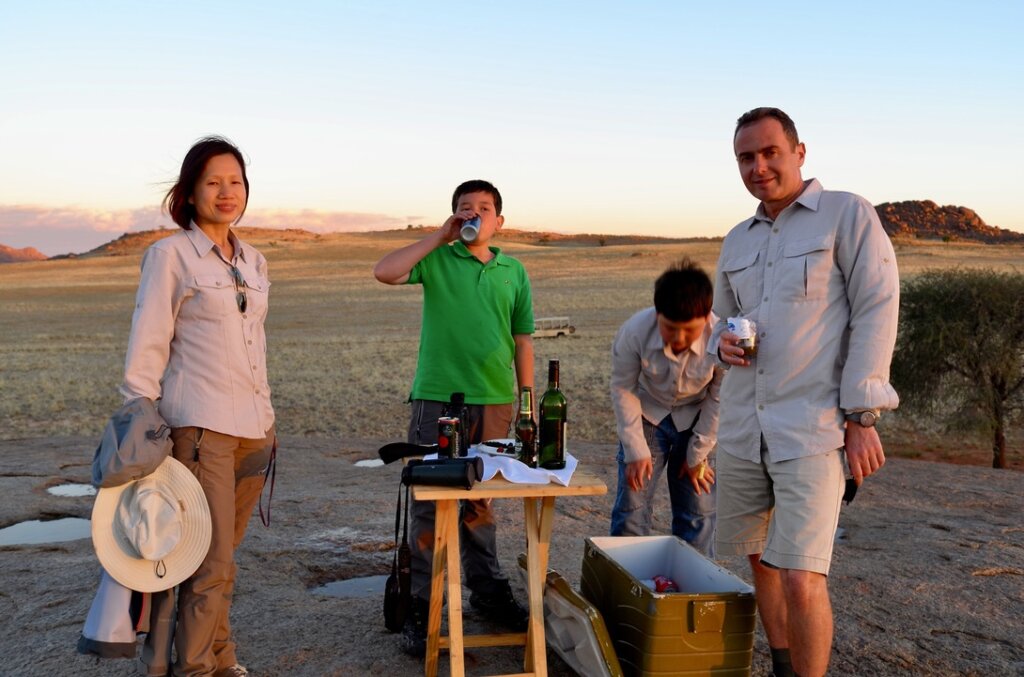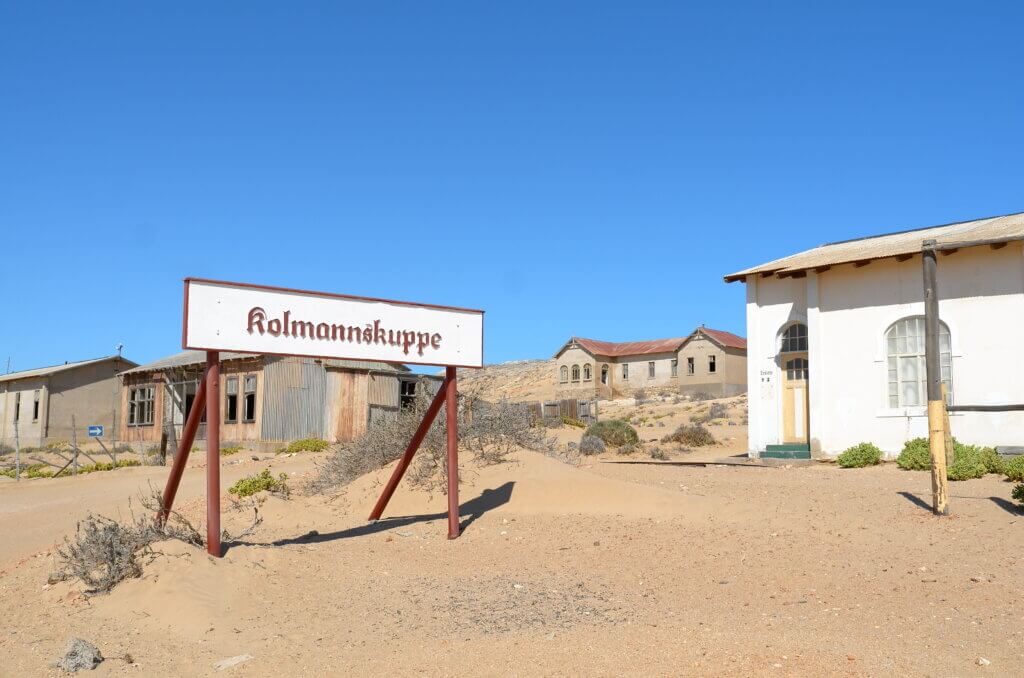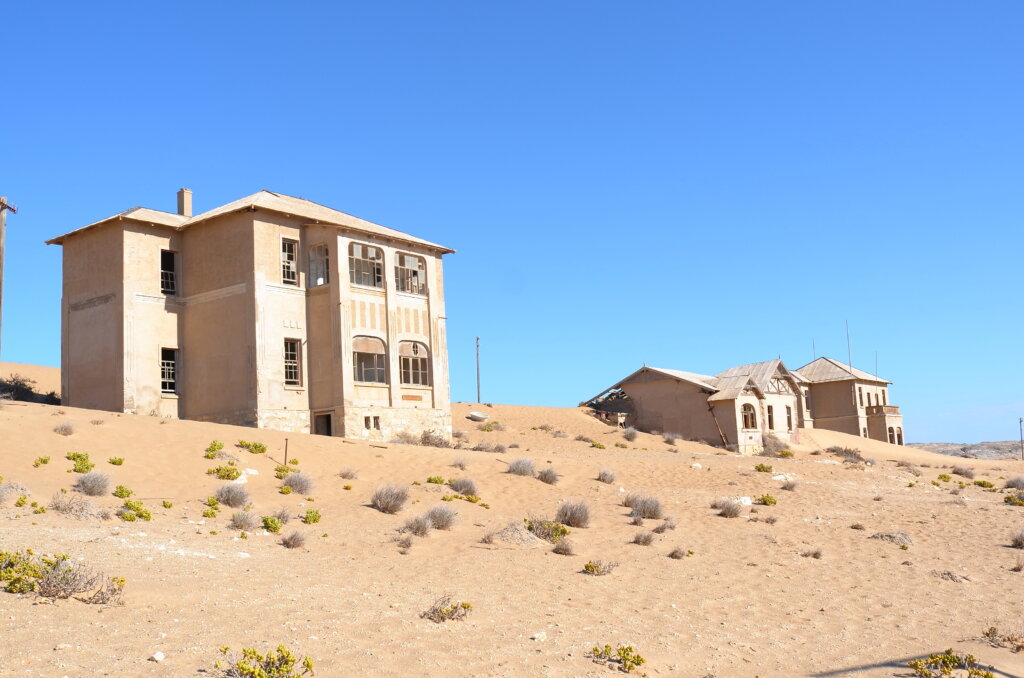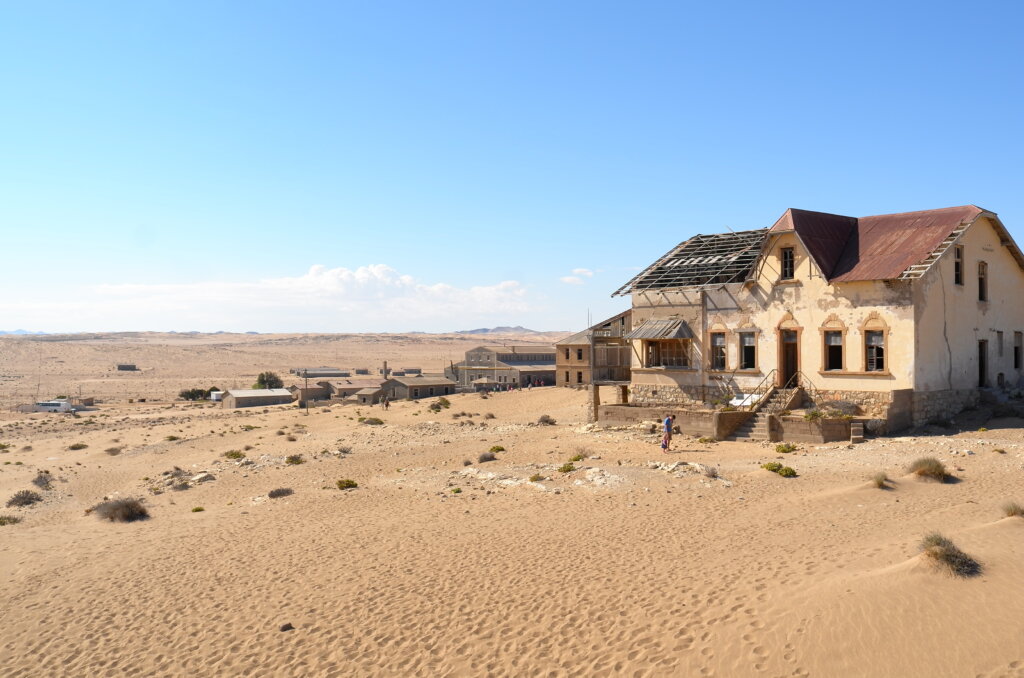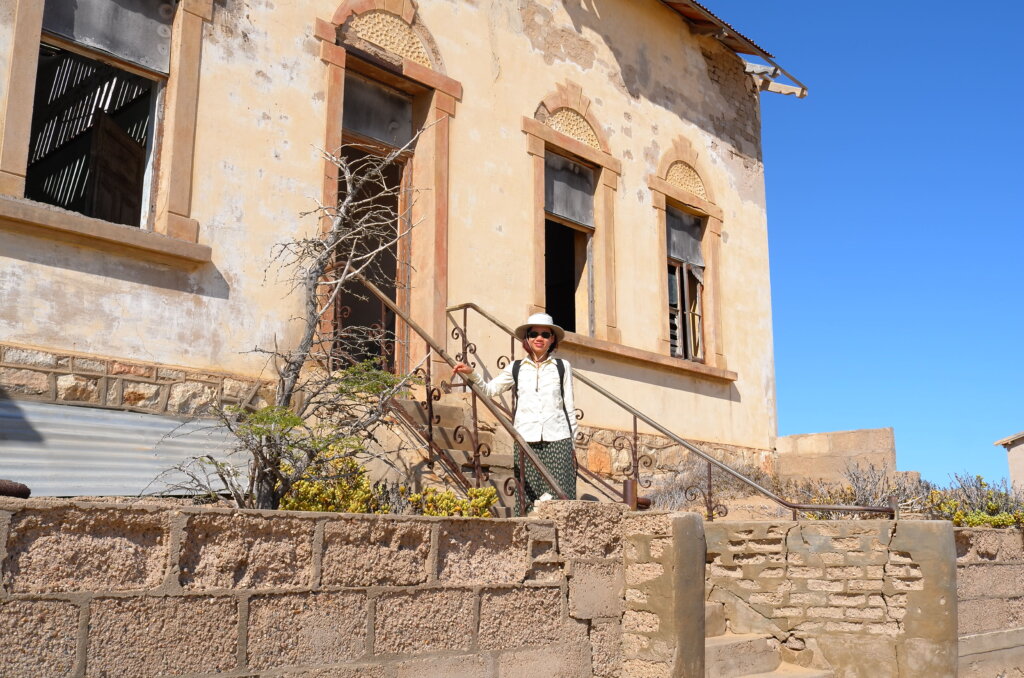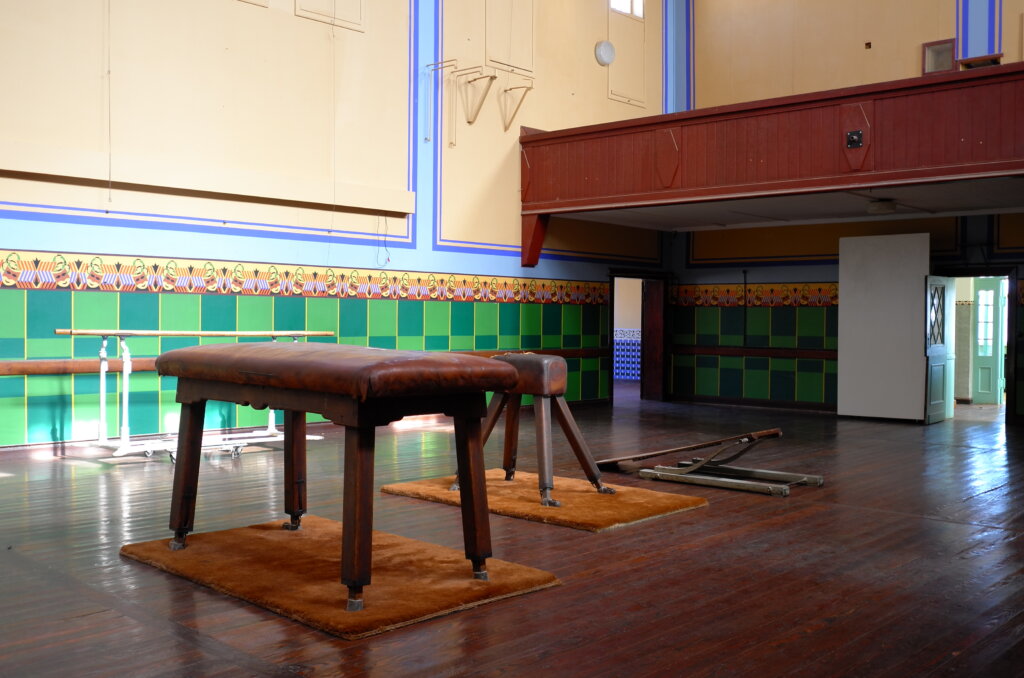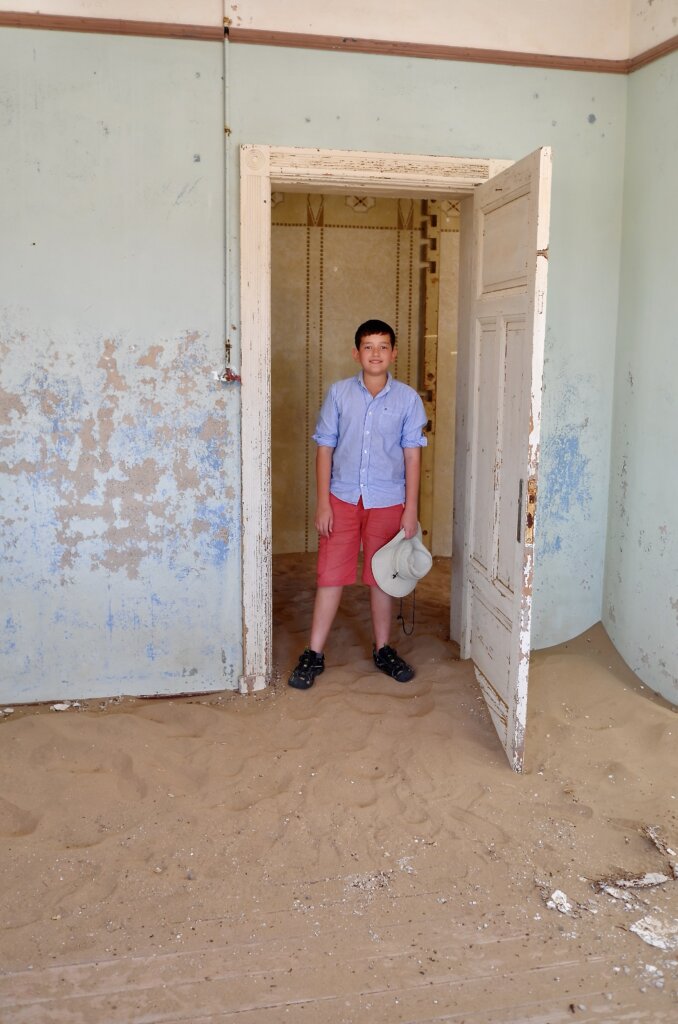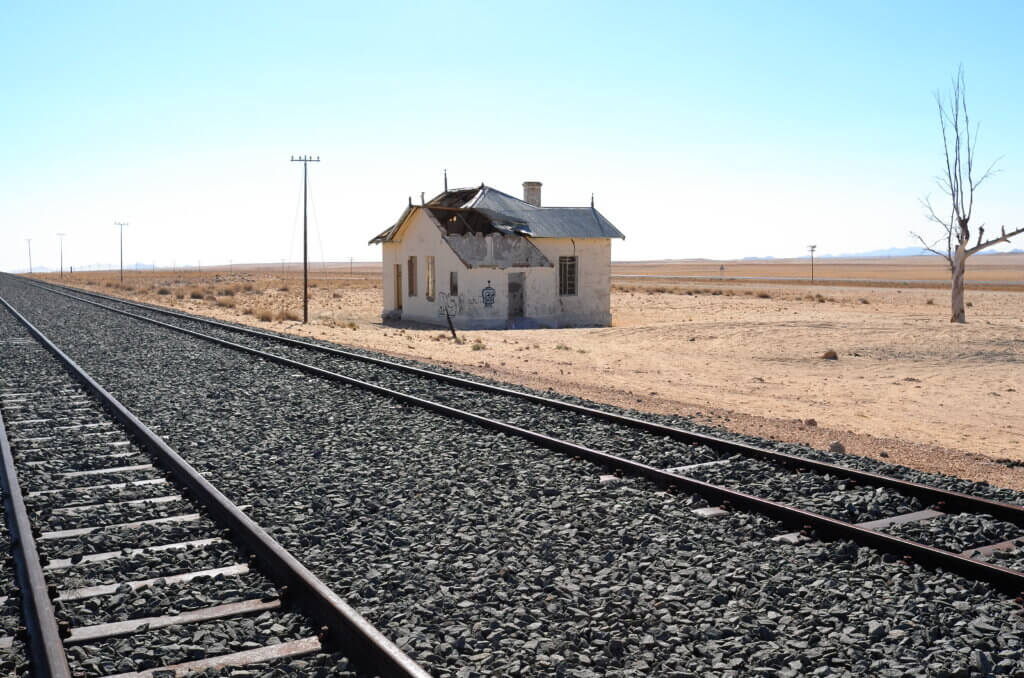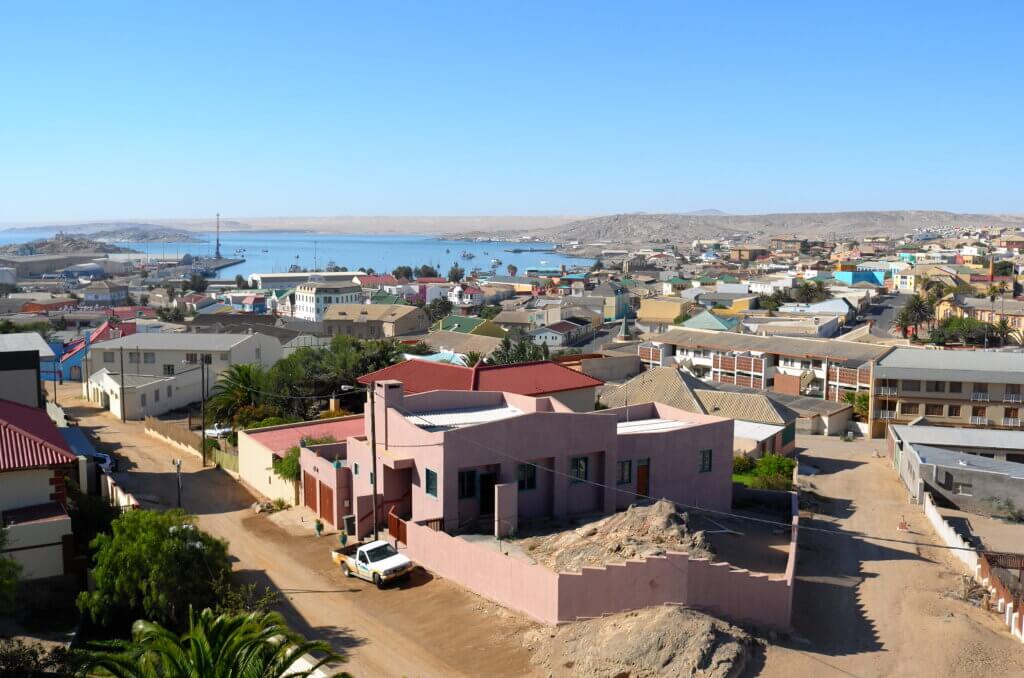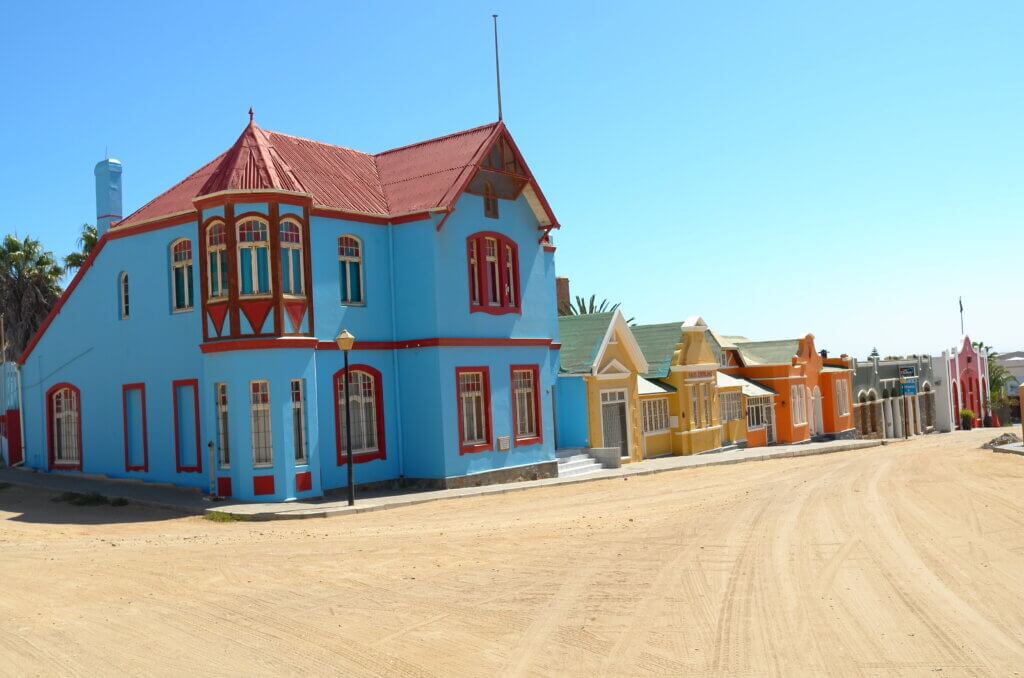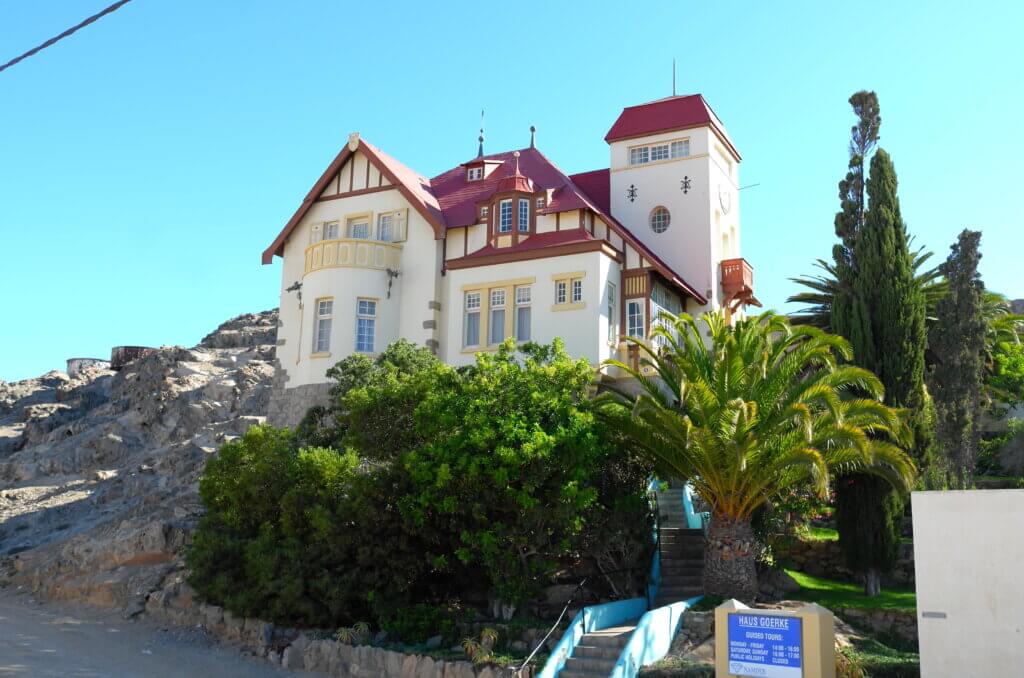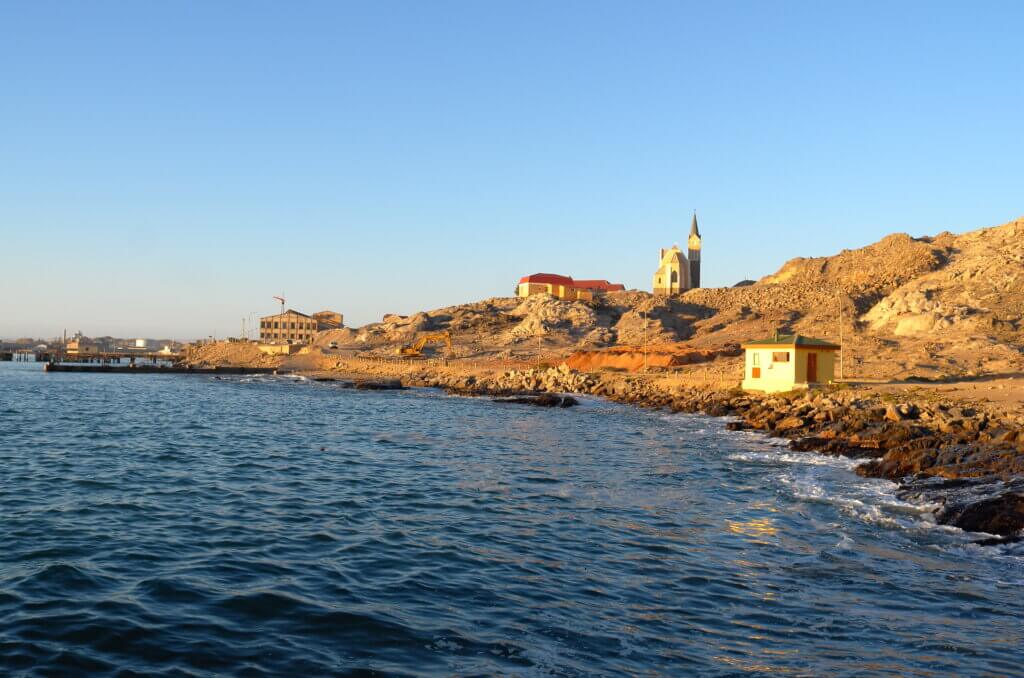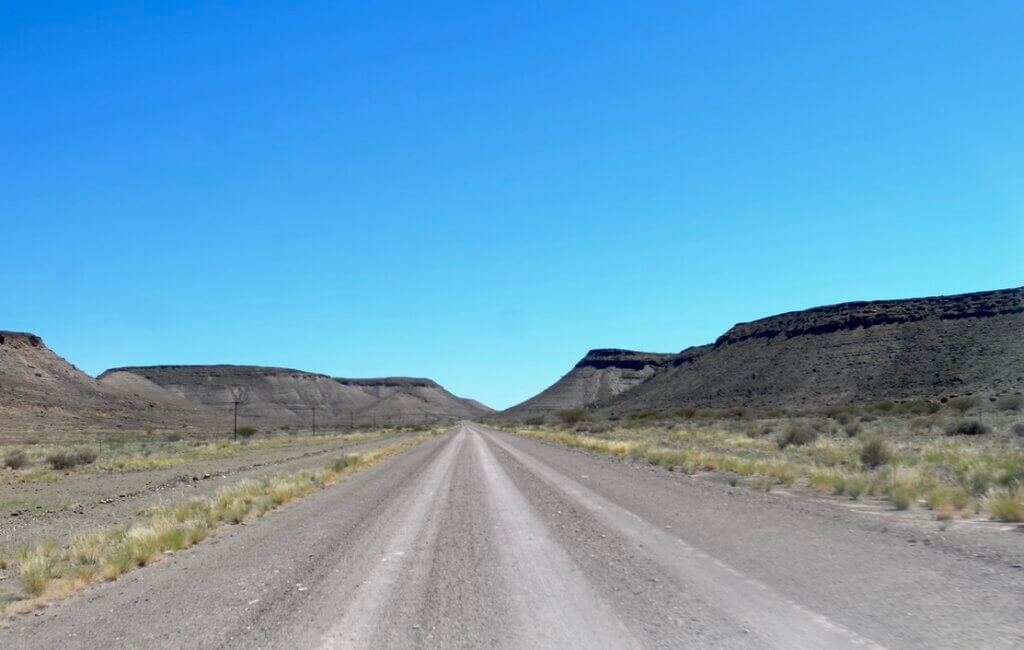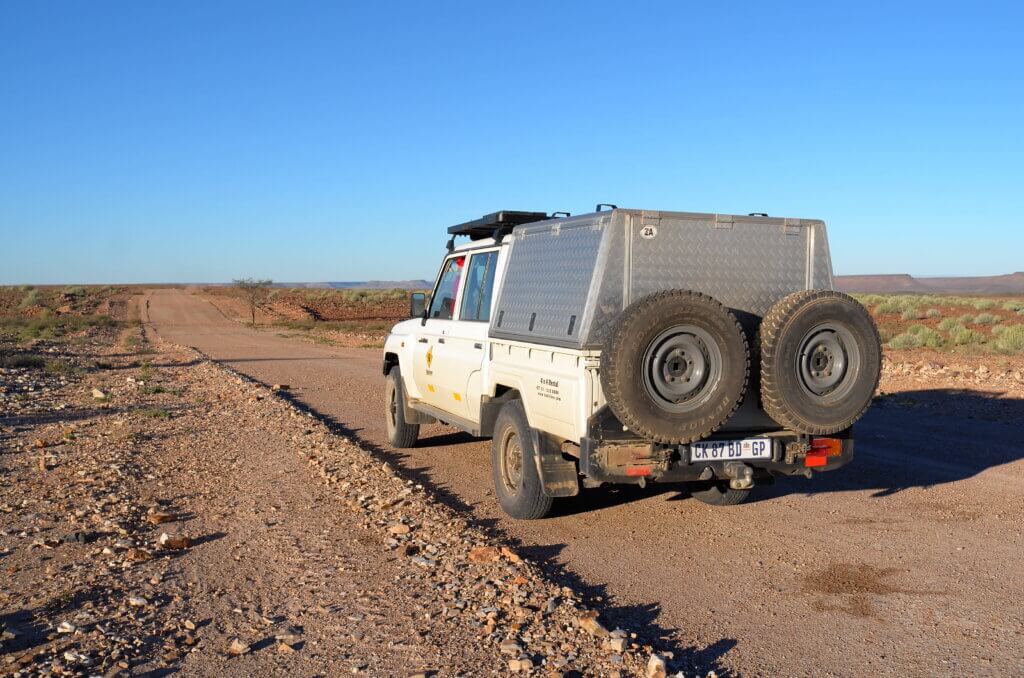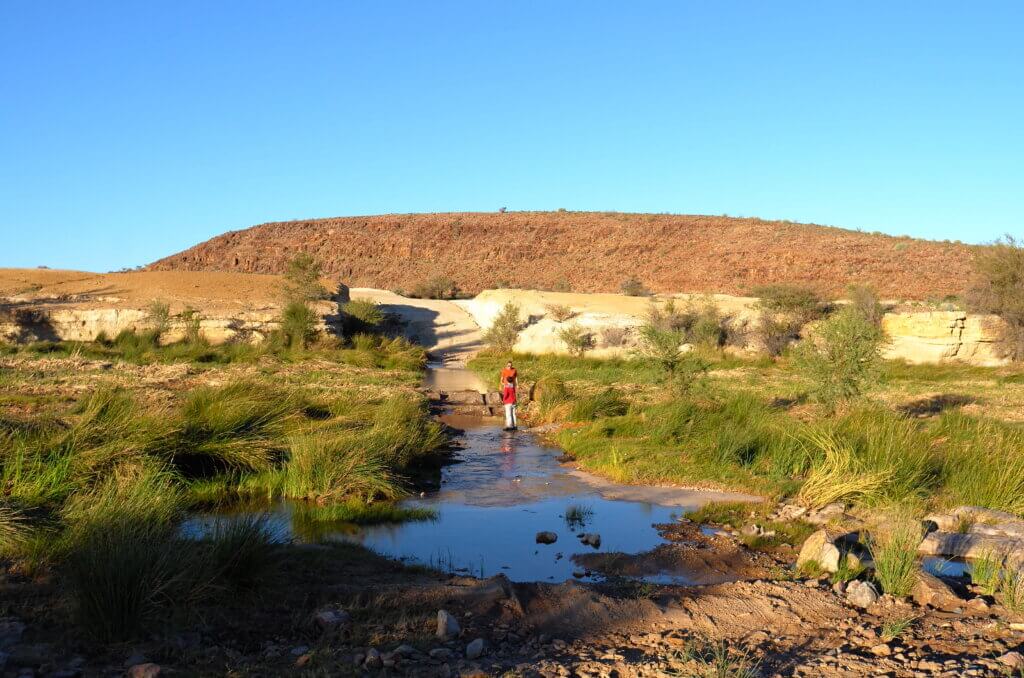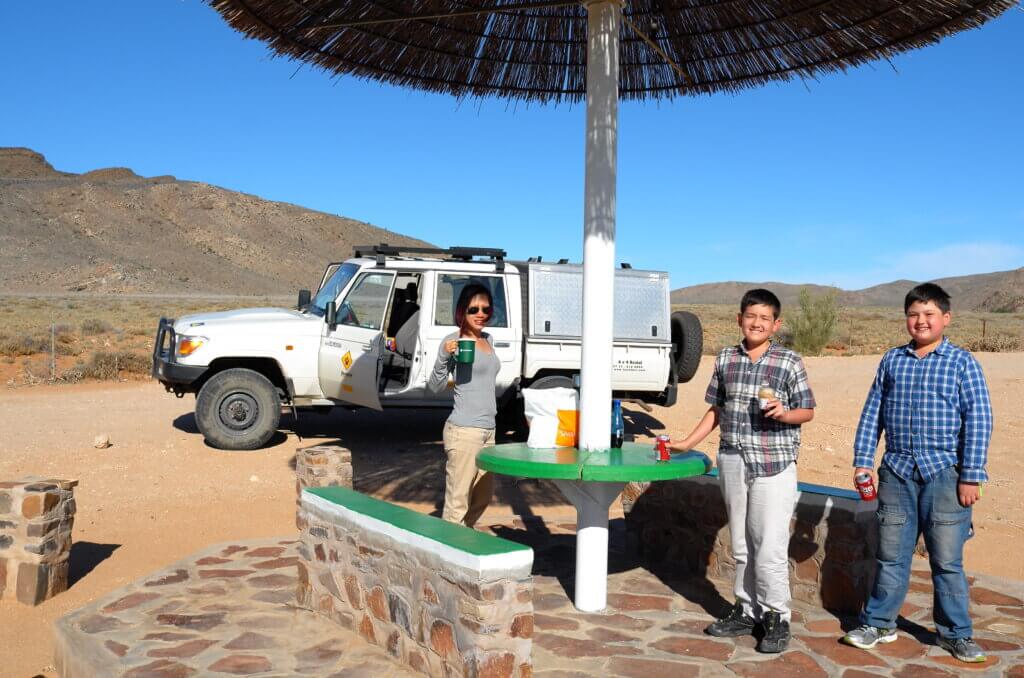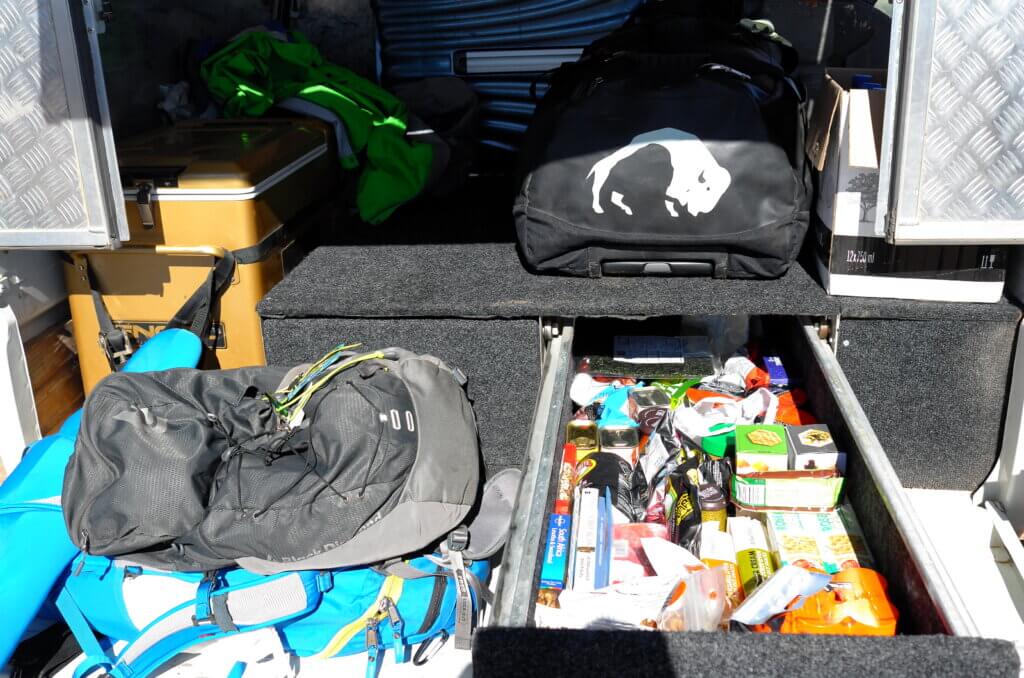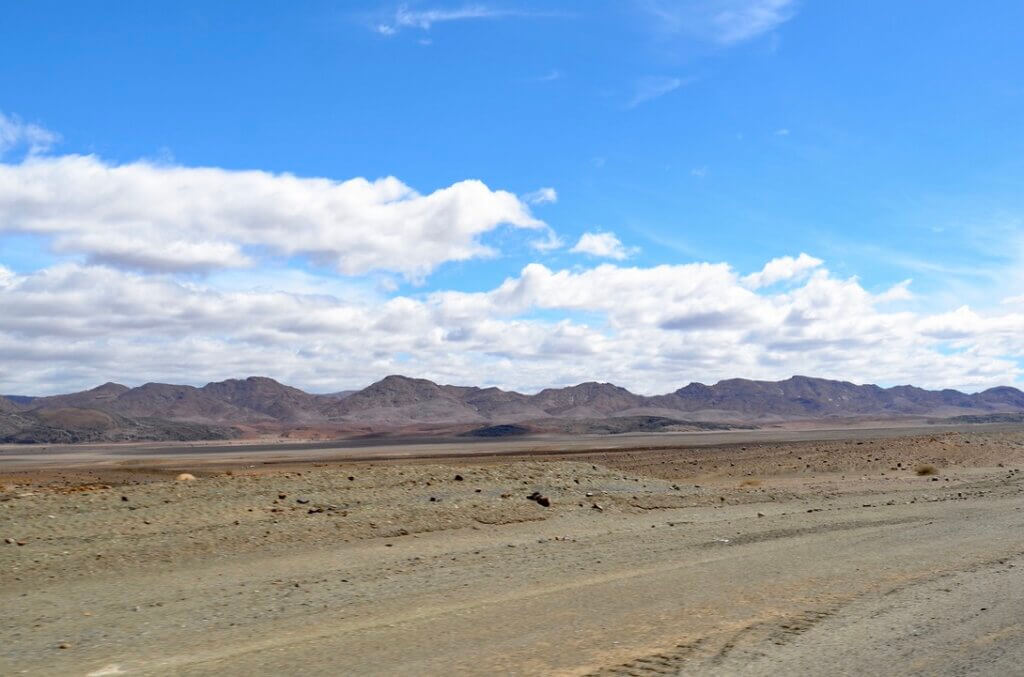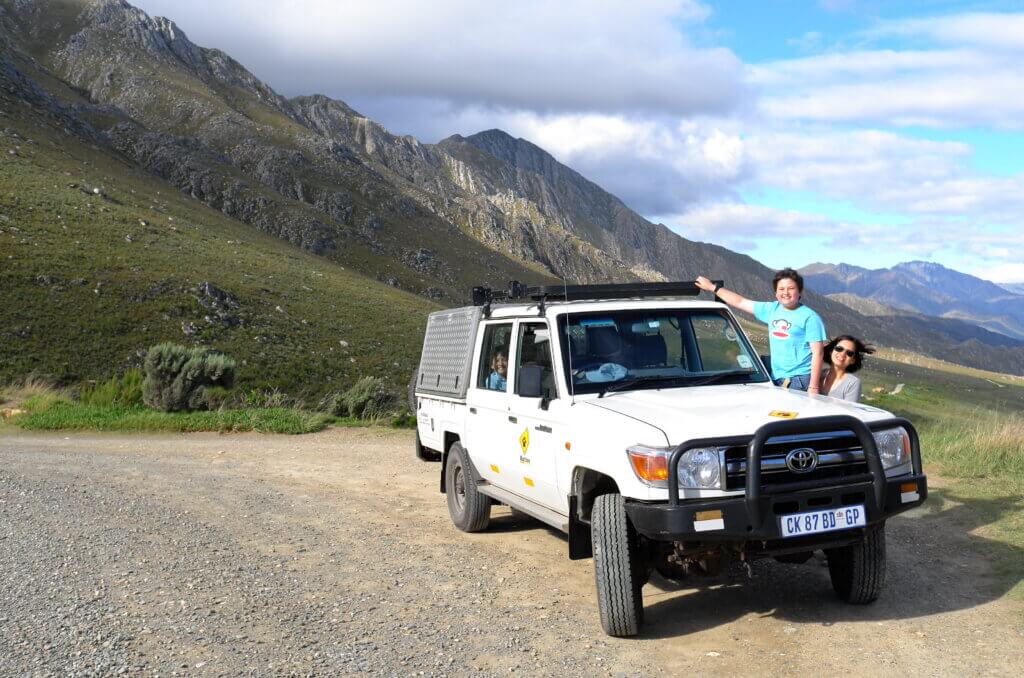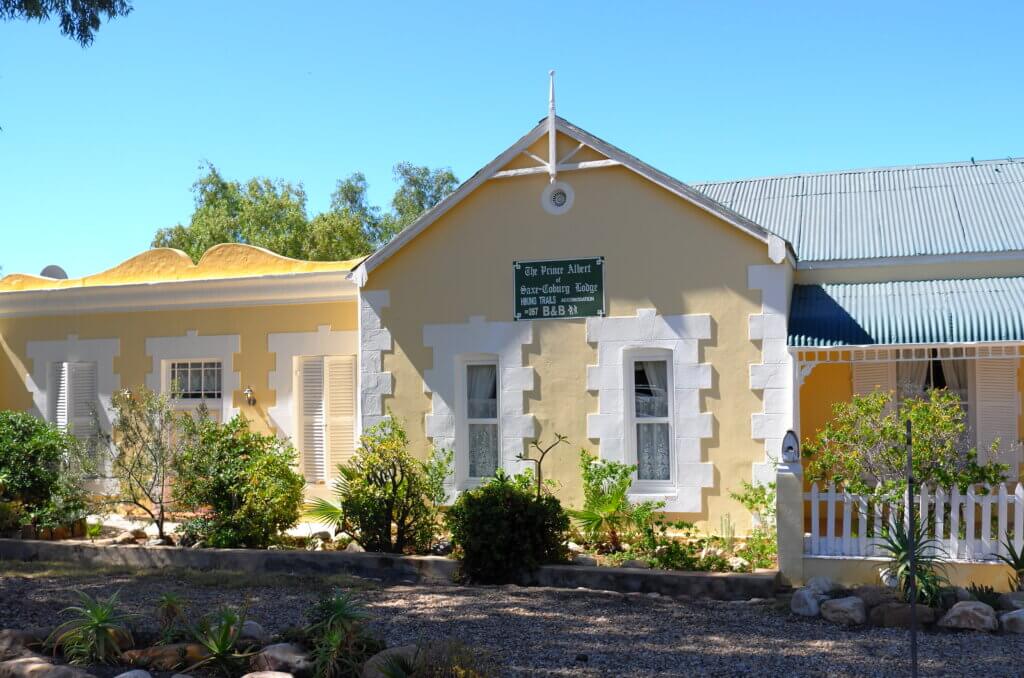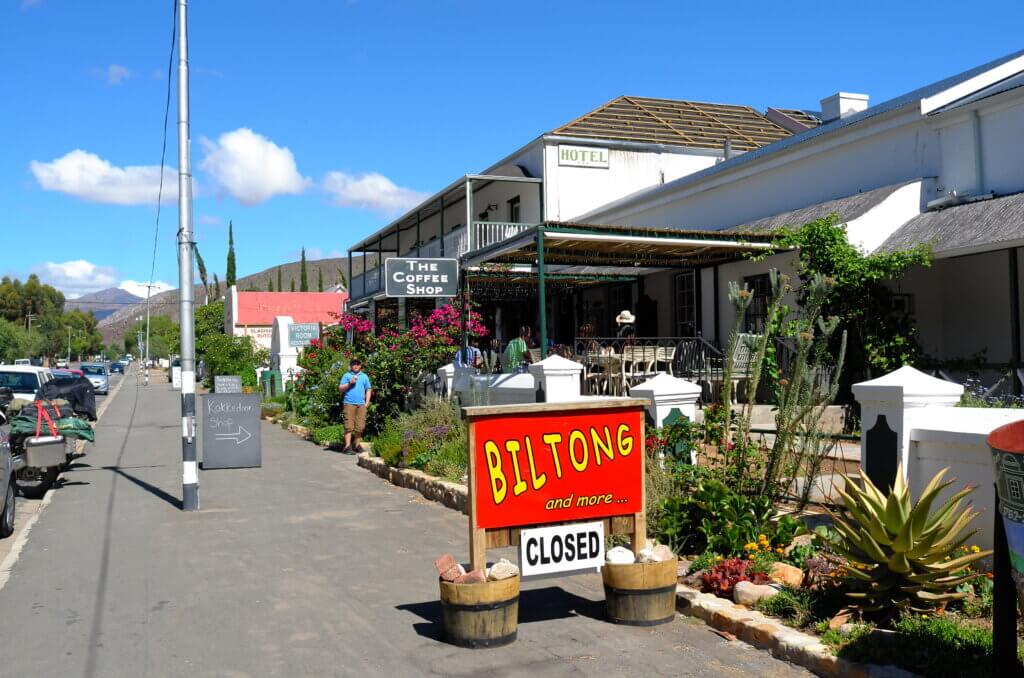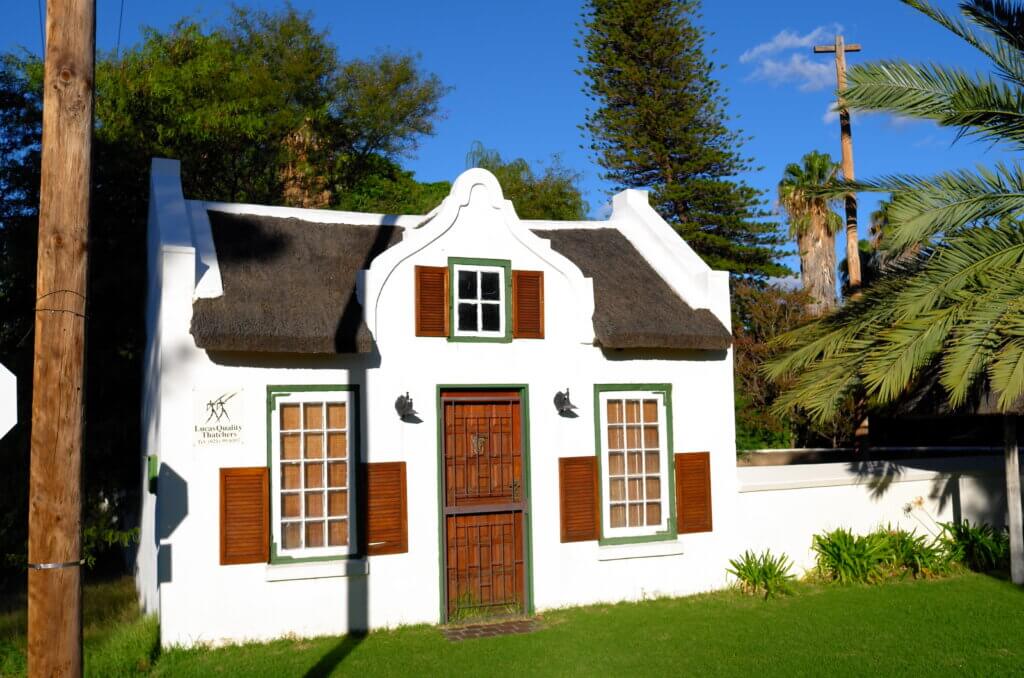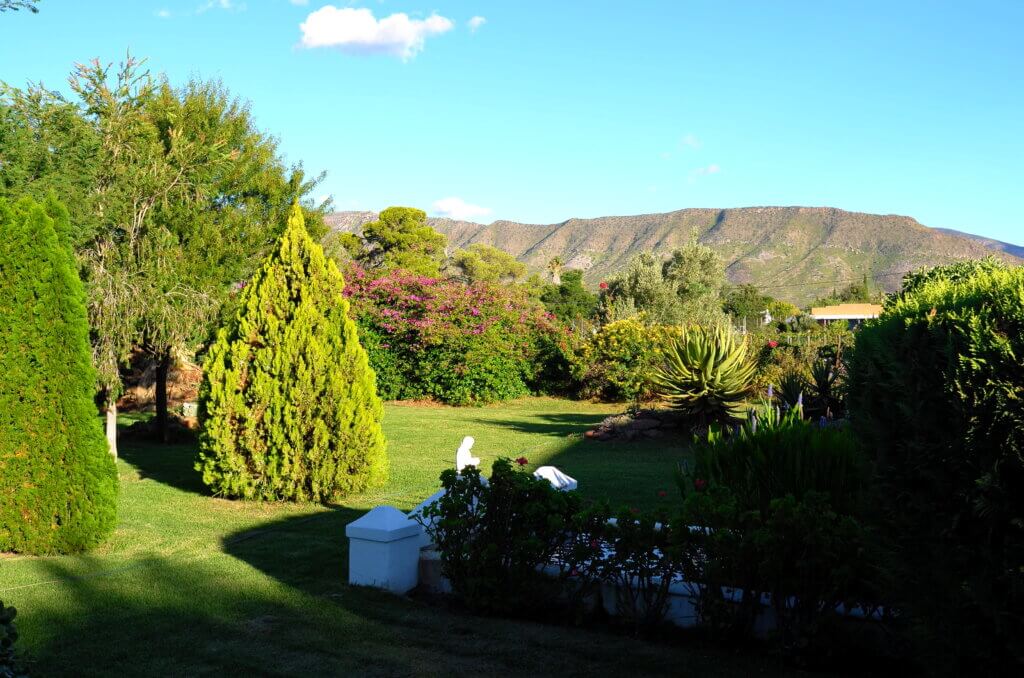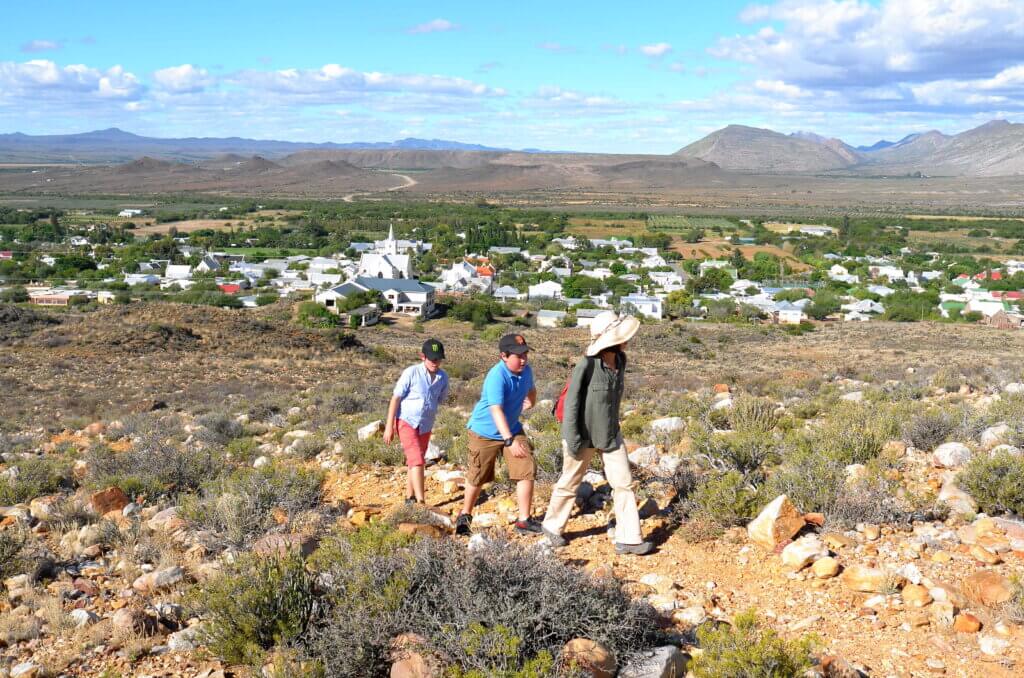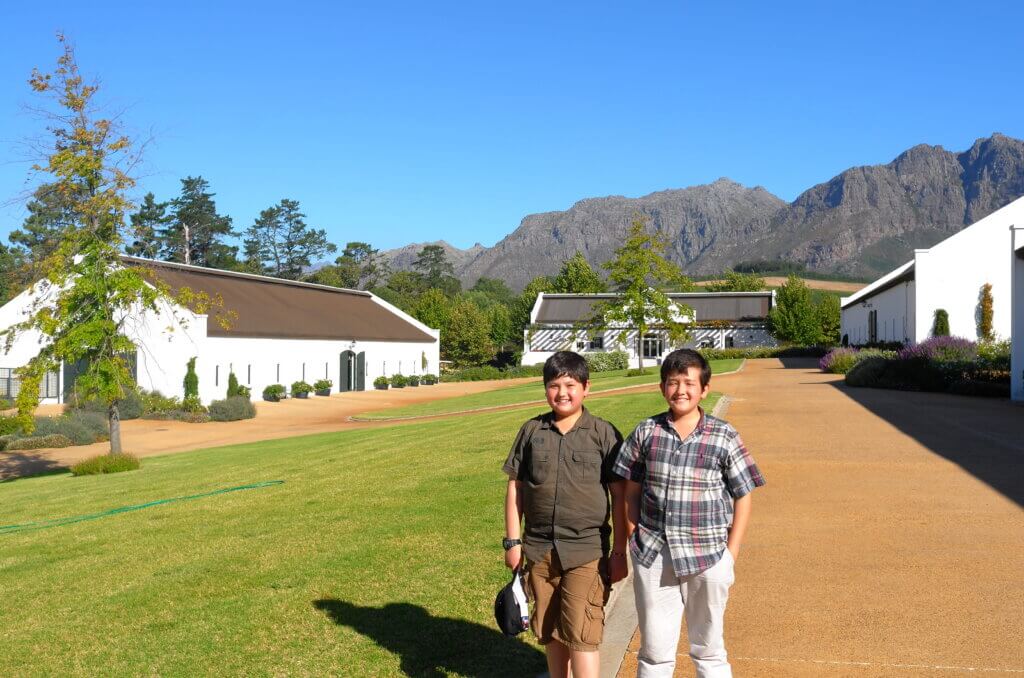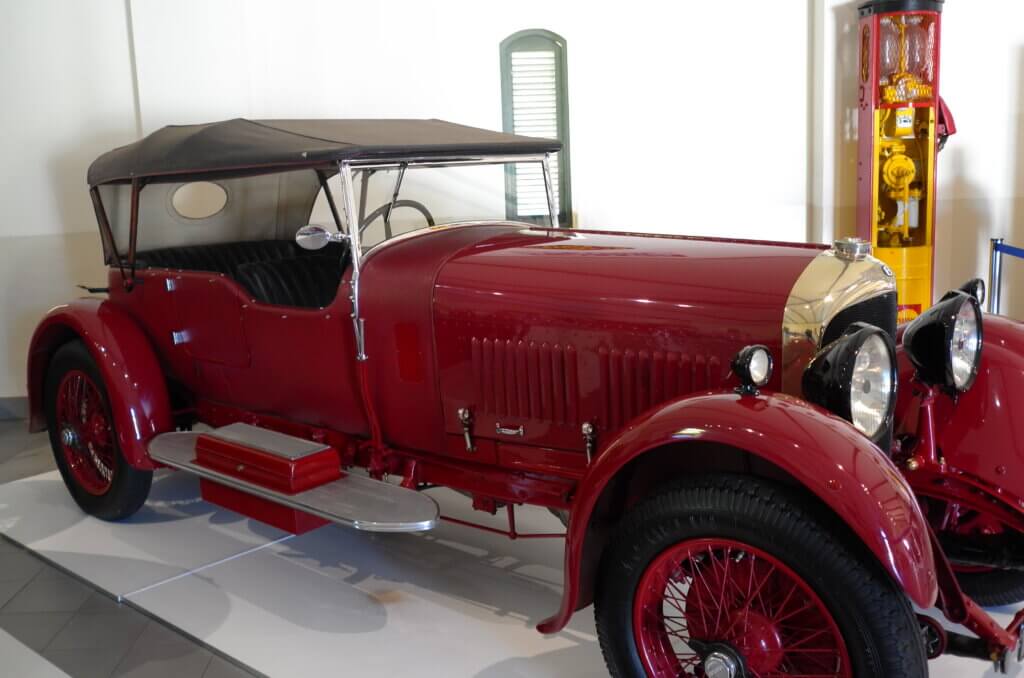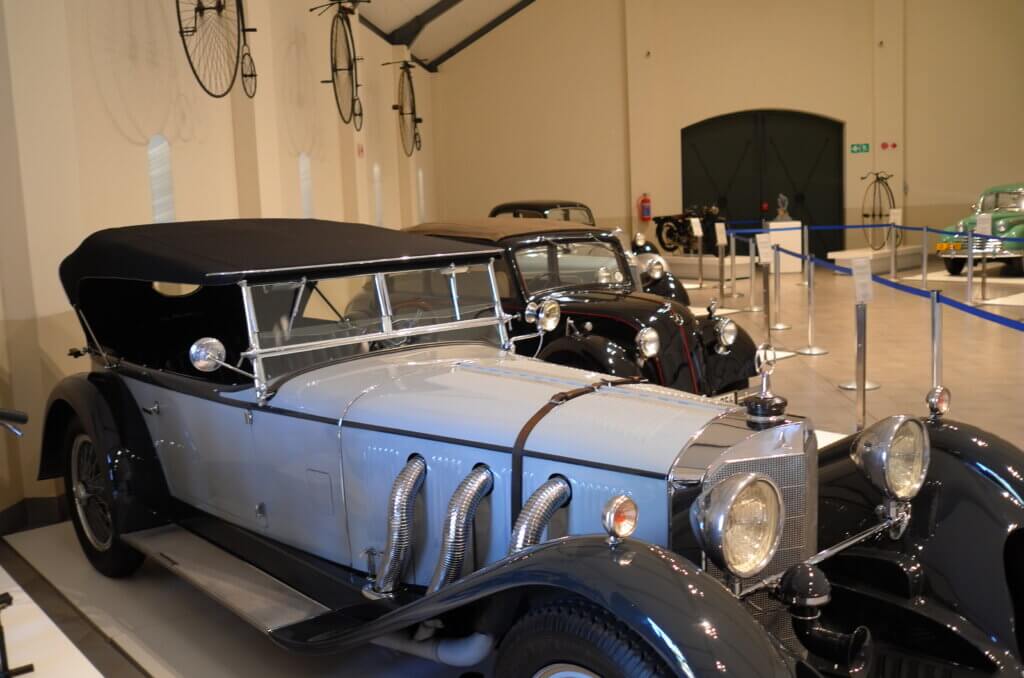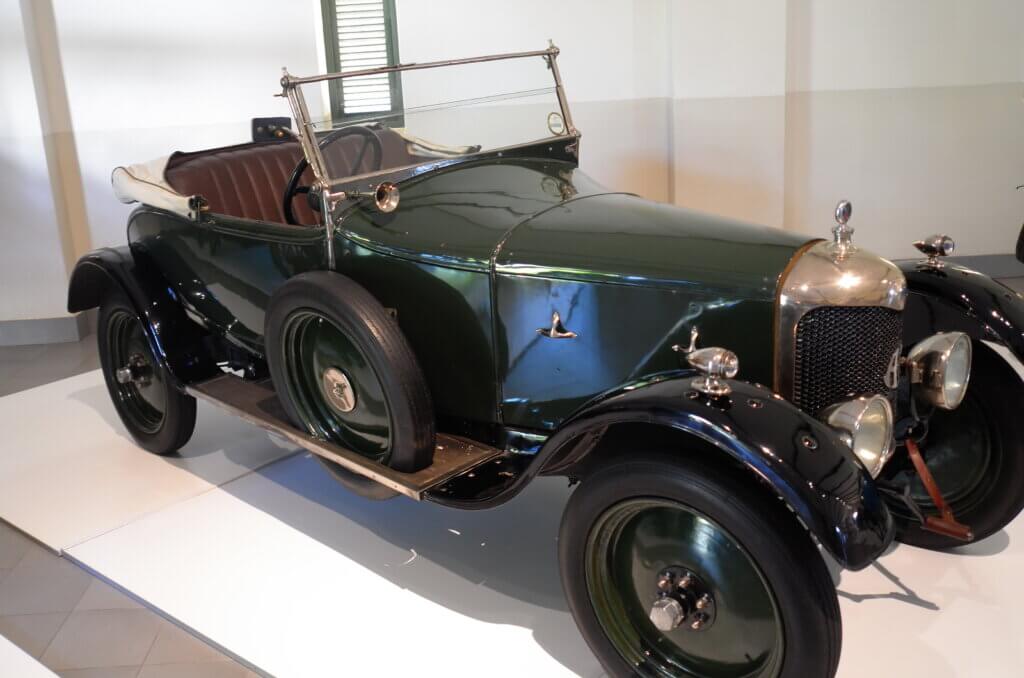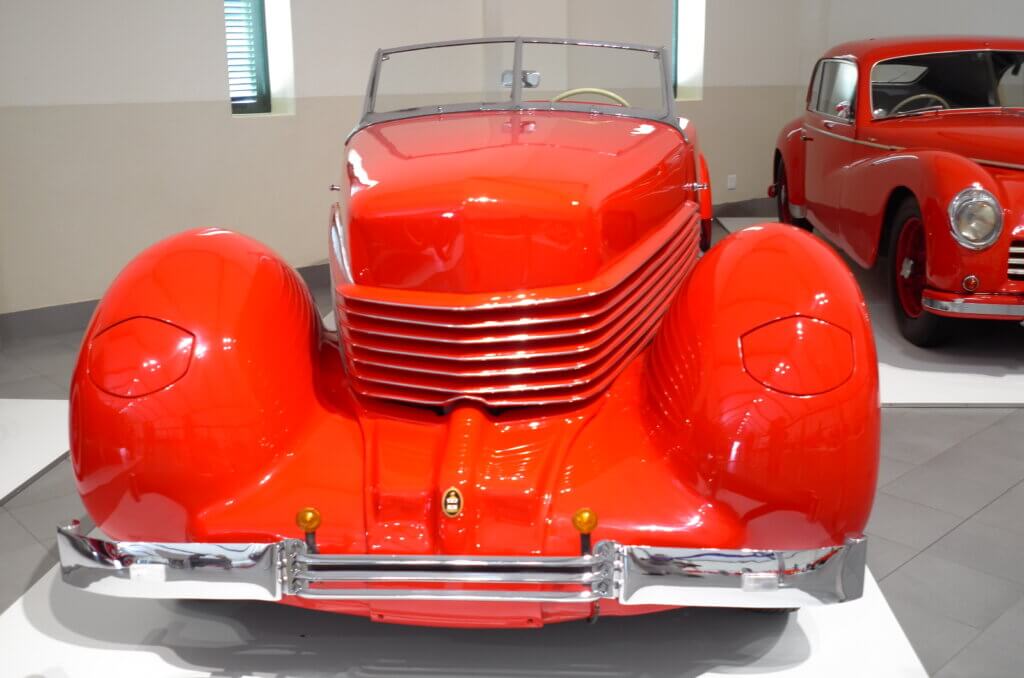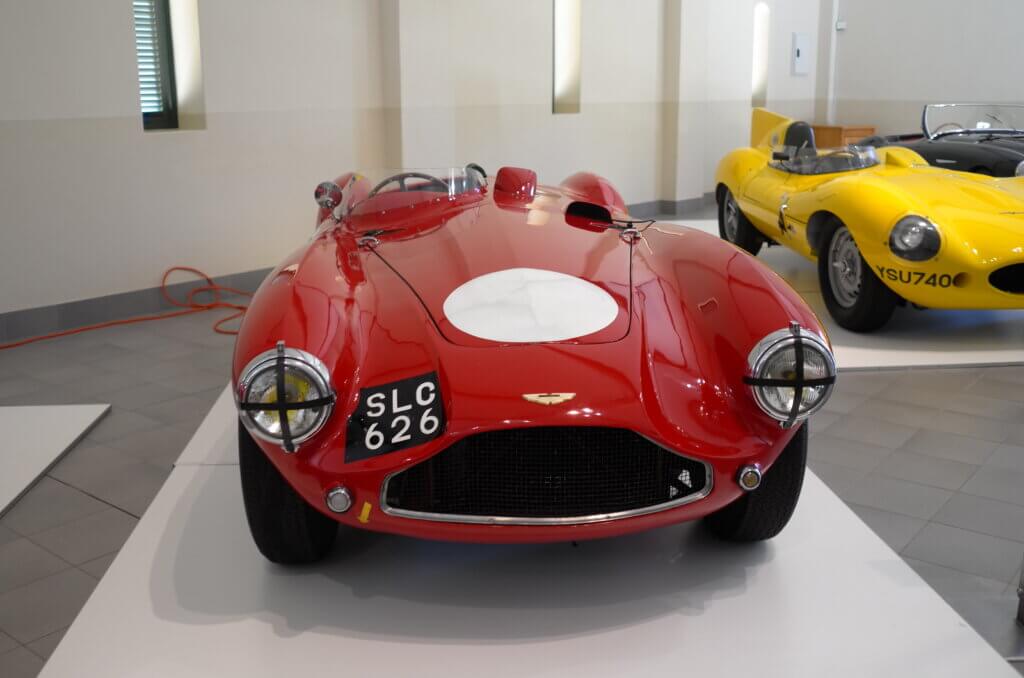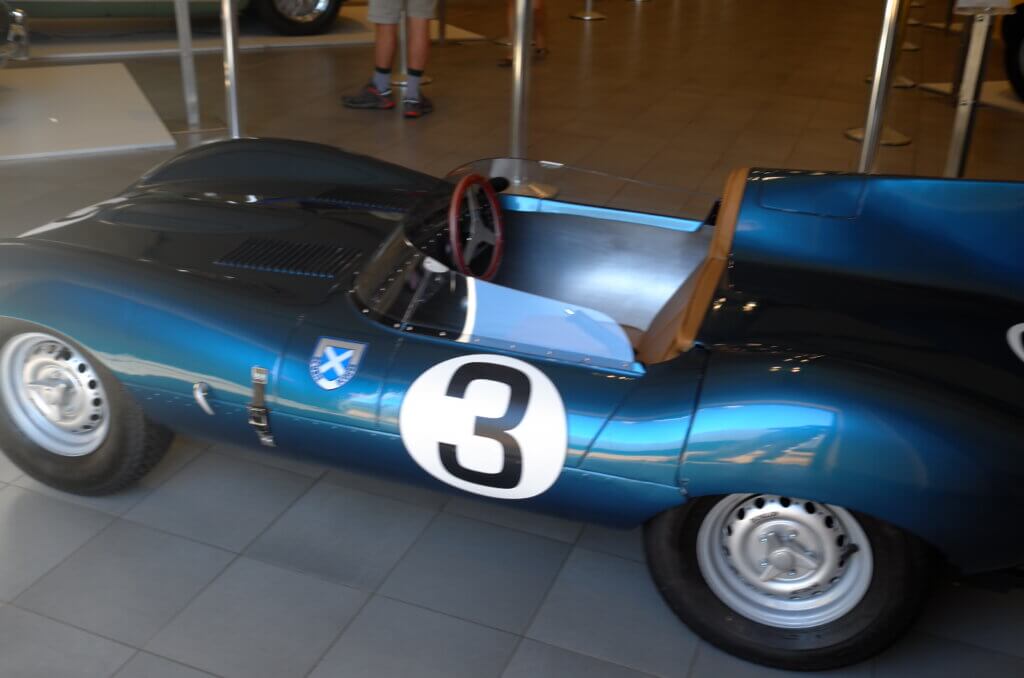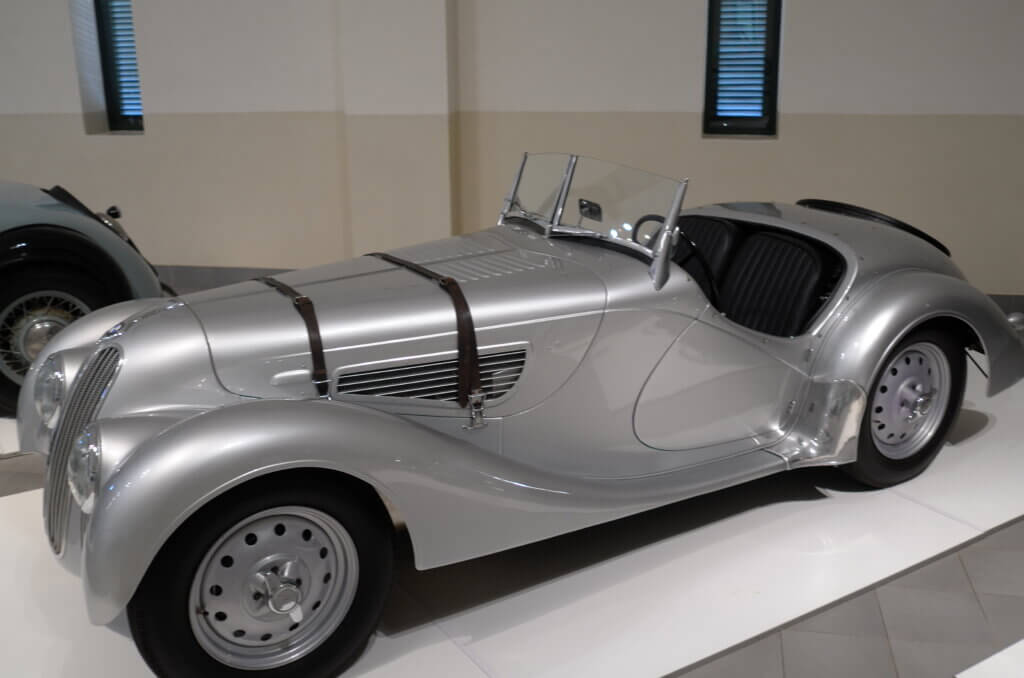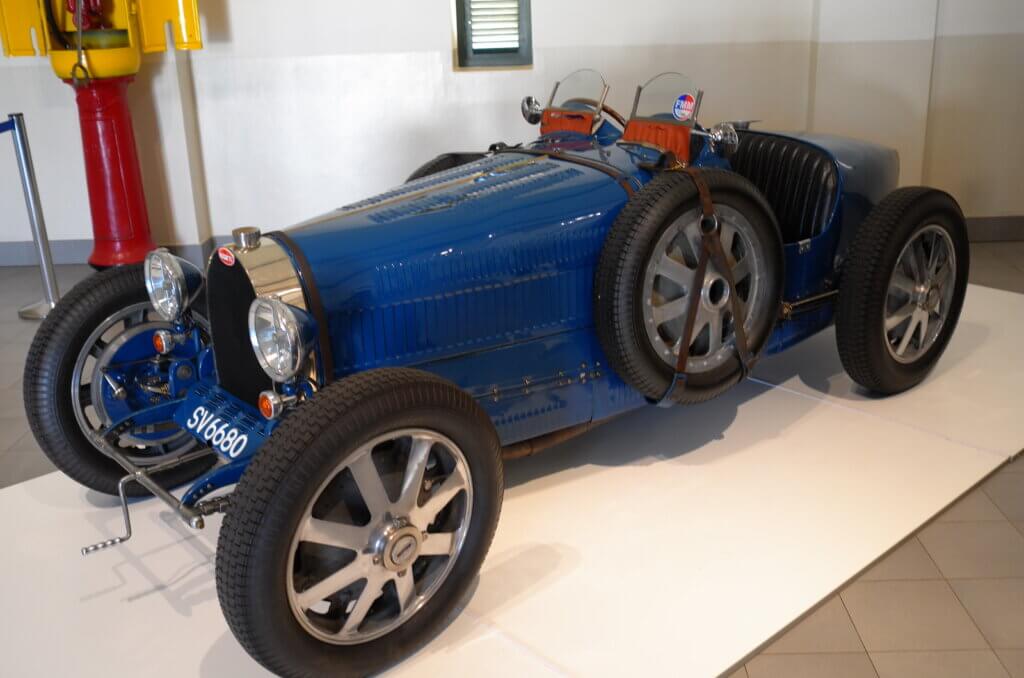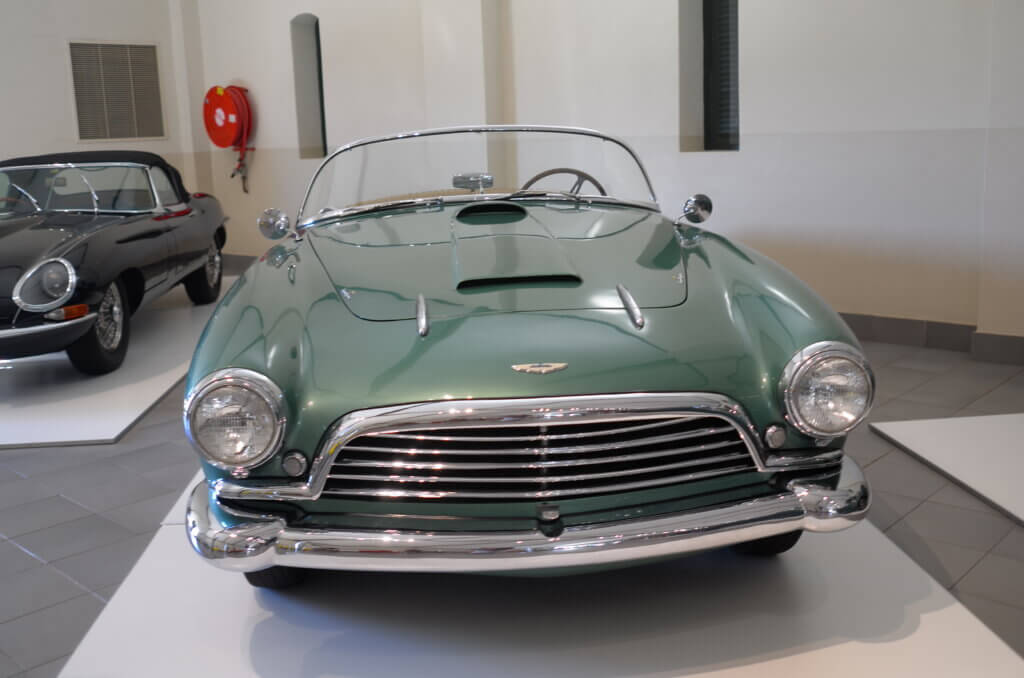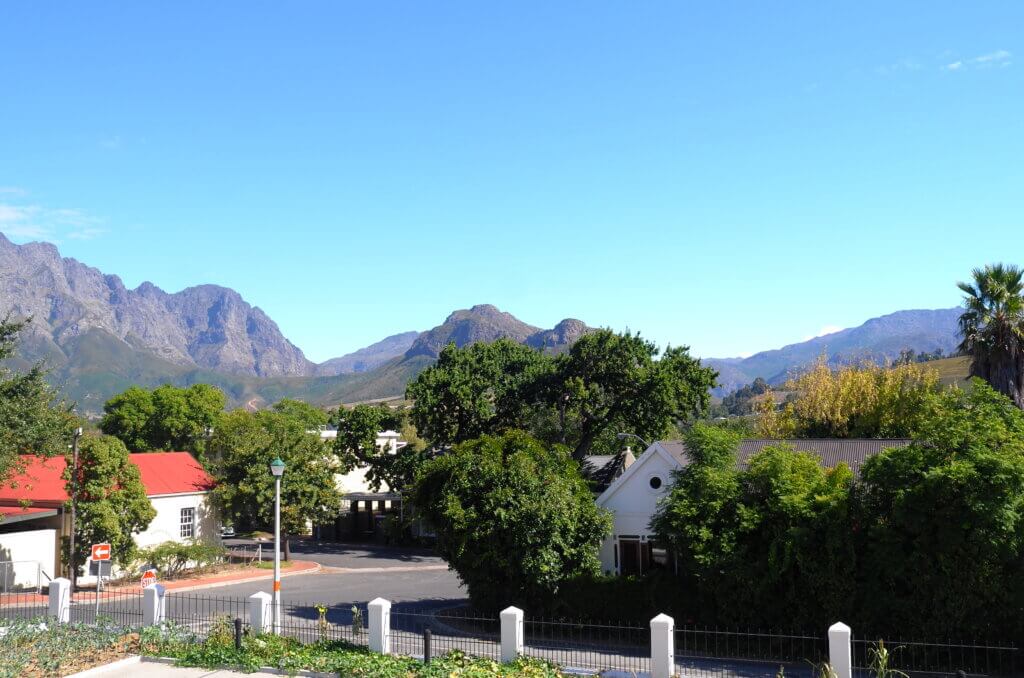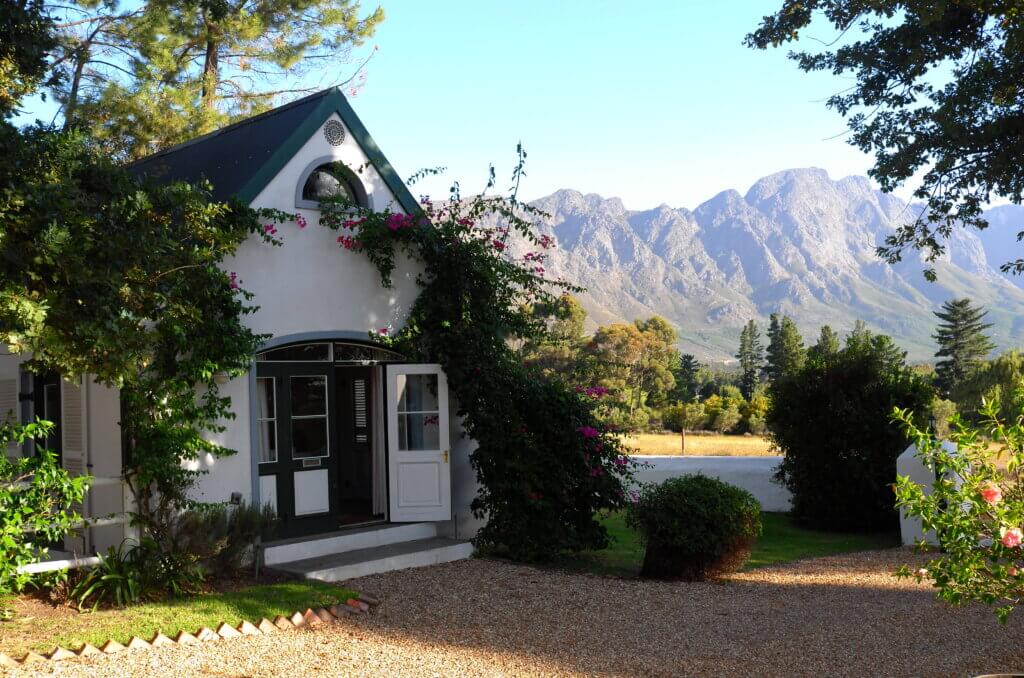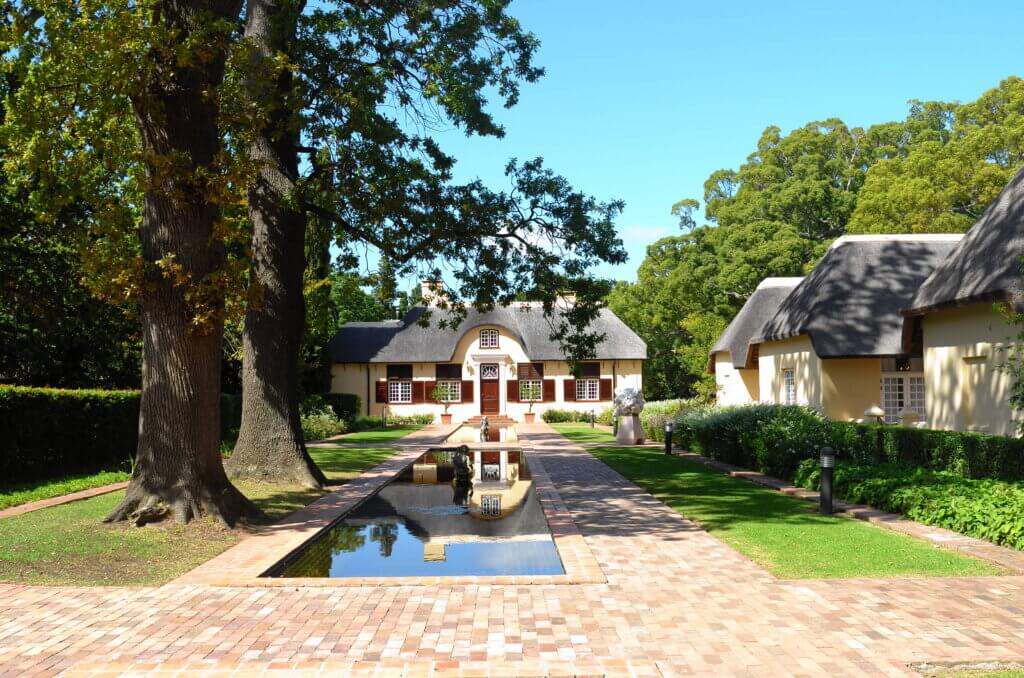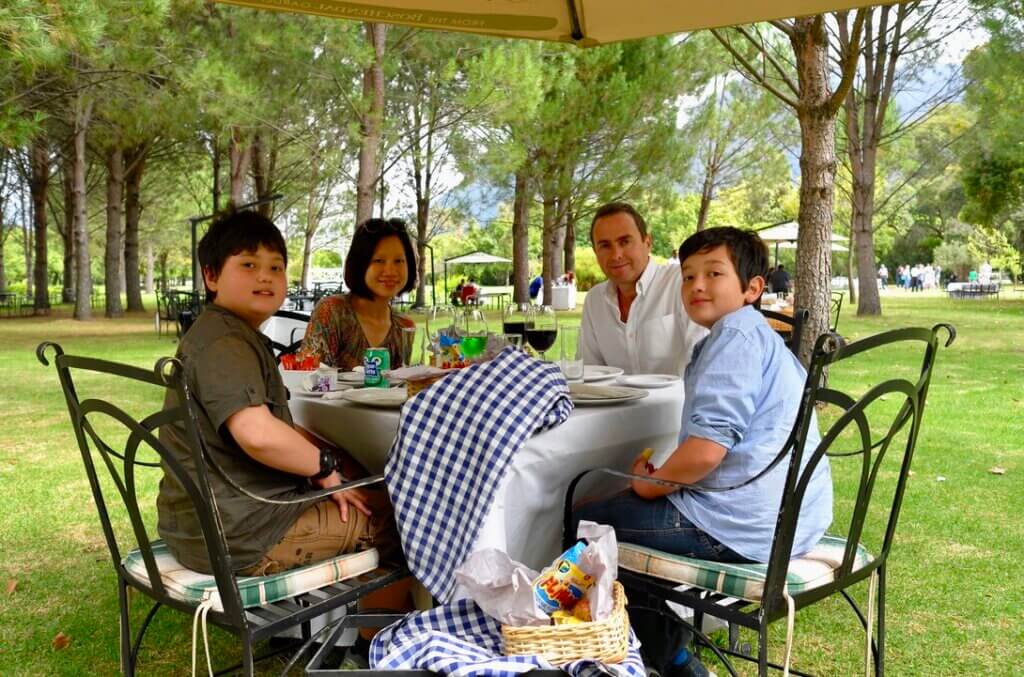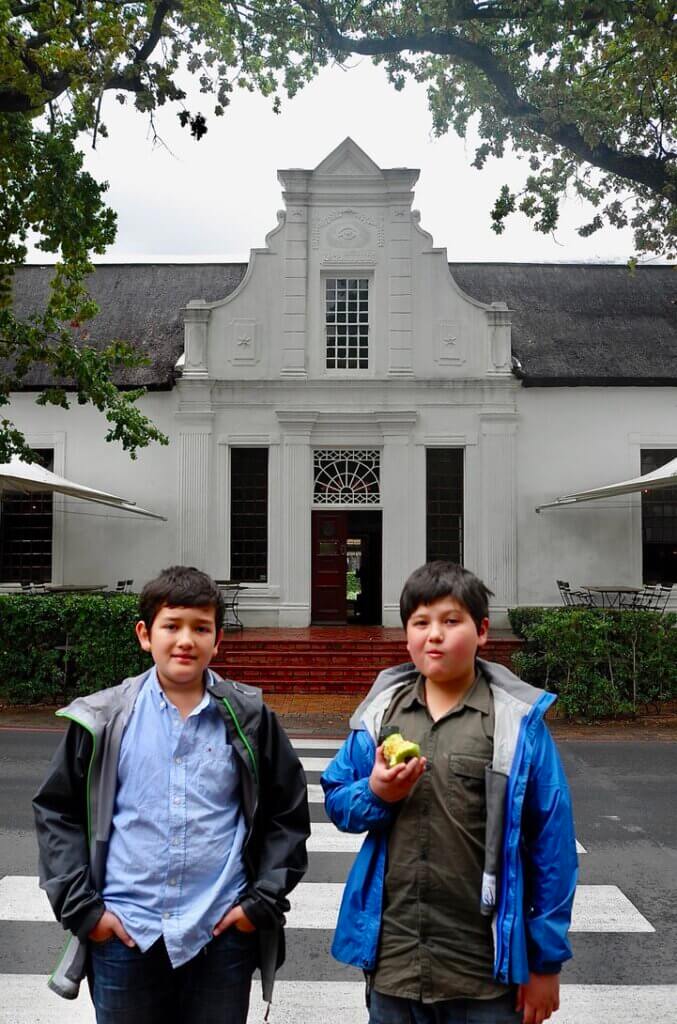Something remarkable happened today, on our way to Springbok, a small farming town 550km north of Cape Town where we planned to stop for the night on our way to Namibia. As we put some miles between us and Cape Town on our long drive north along the N7, the vehicles on the road were getting scarcer, the size of the farms along the road larger and the landscape more desolate.
Soon, we were alone on that long straight road which rolled up and down the Northern Cape’s many hills like a giant, endless roller coaster, headed for the even more desolate emptiness of Namibia.
And then, just as we reached the top of another hill, we saw the most incredible sight. Coming from the opposite direction, on the N7, a long column of purple elephants were slowly making their way up the hill, neatly lined up and keeping to their lane. I slammed the brakes and we stood still in the car, windows wound up, doors locked, watching in disbelief as the huge creatures walked slowly and silently past our car. There must have been a hundred or more of the beasts, and it took them a few minutes to march past the car. After the last elephant finally lumbered past, we all looked back and watched that long purple line slither down the hill like some giant supernatural serpent, never straying from the left lane of the N7.
By the time the serpent had become a small purple dot on the horizon, I started the car and we resumed our journey.
Stranger things have happened in Africa, and after a few minutes, we had forgotten all about the column of purple elephants and started to look for a place to spend the night in Springbok.
Tomorrow, we go to Namibia where purple elephants roam the Namib desert in great numbers and, it is said, have significant influence on several southern African governments as well as global warming and the Crimean crisis. But that story will be for another time.
